Mimosa, also known as sensitive grass and shy grass, is a perennial herb of Leguminosae. It is native to the tropics of America and is generally found in shrubs. It generally has more than a dozen pairs of symmetrically distributed leaves on its leaf stems. It looks like a feather in appearance, and its whole color is emerald green. It will also blossom, but the flowers are relatively small, and the colors are white and pink, which has a better ornamental effect
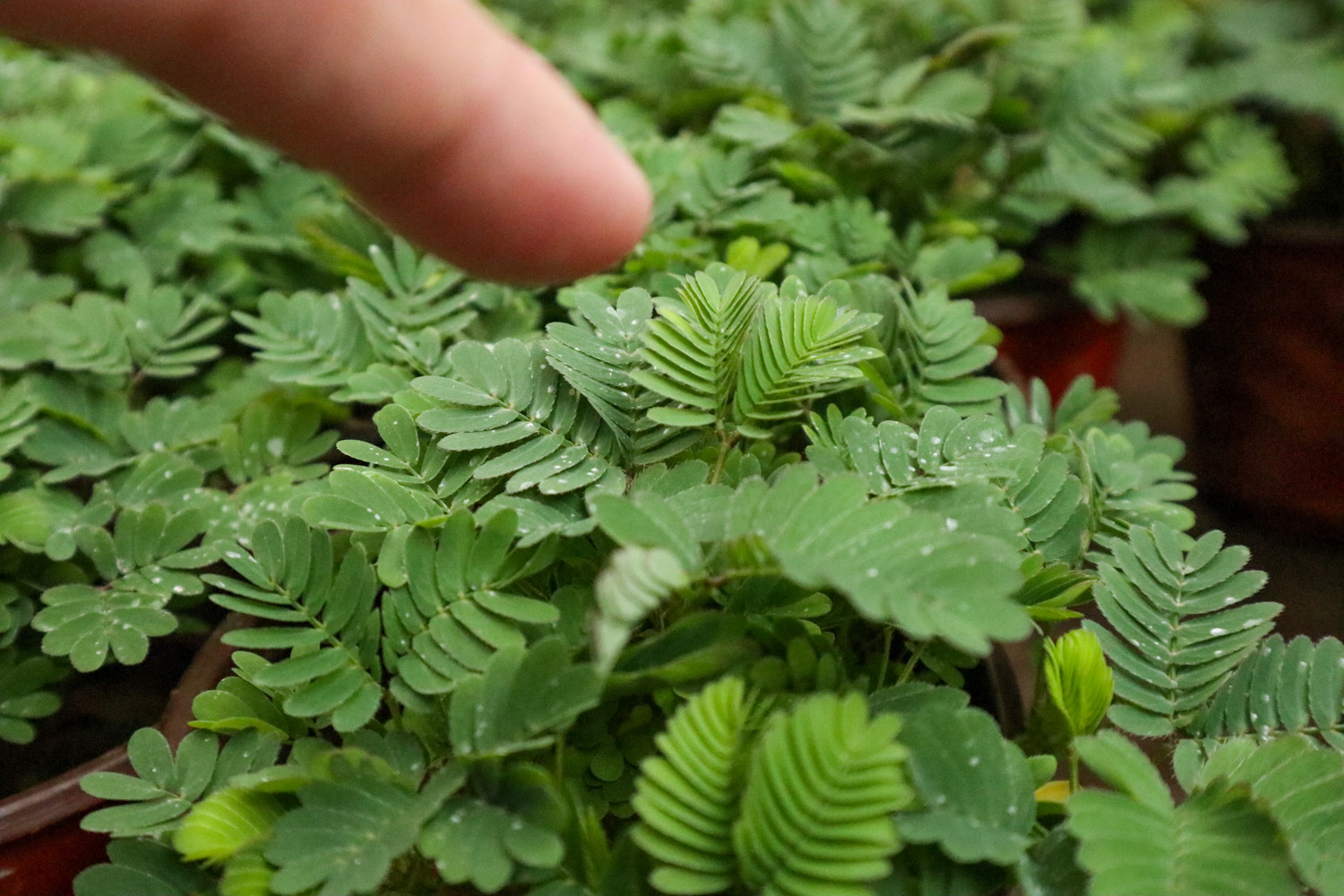
1. The secret of Mimosa
There is an organ called "leaf pillow" at the bottom of the petiole of Mimosa, which contains rich parenchyma cells. These cells are very sensitive. As long as they are stimulated by the outside world, the cell fluid in the cells will flow to other places, thus reducing the expansion of the cells. This reduces the cell pressure of the leaf pillow and makes the leaves close. This is what the outside world sees when the leaves of Mimosa close automatically as soon as they are touched
Because of the "secret" of Mimosa, its leaves can well predict the weather and earthquake. Because the leaves of Mimosa generally open on sunny days and days, and close at night and rainy days. If its leaves close slowly and open quickly after stimulation, it may turn cloudy or rain. If it closes quickly and then opens slowly, it means that the weather is about to clear up. If it suddenly opens its leaves at night or closes its leaves during the day, it indicates that an earthquake may come soon
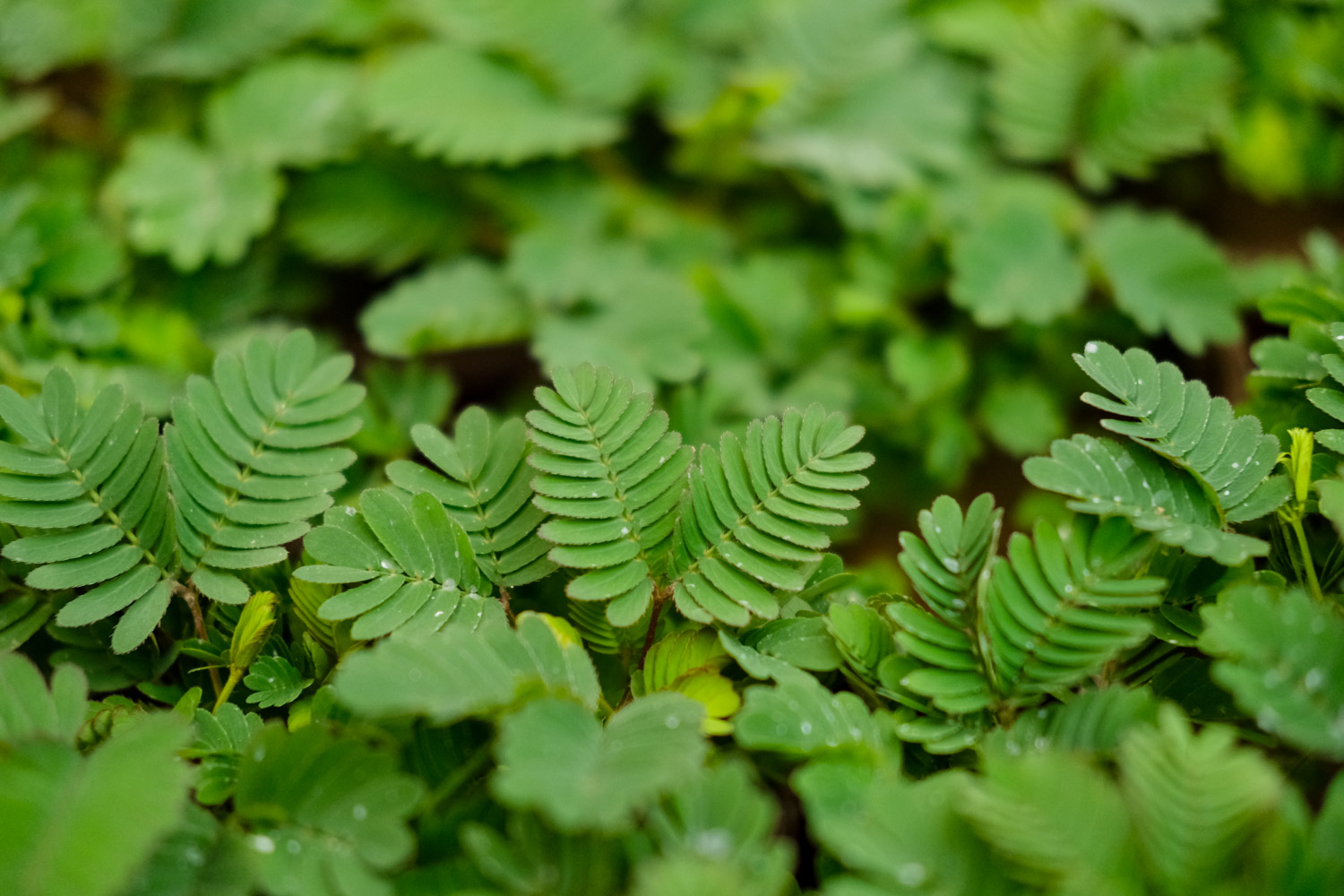
2. Pictures of Mimosa
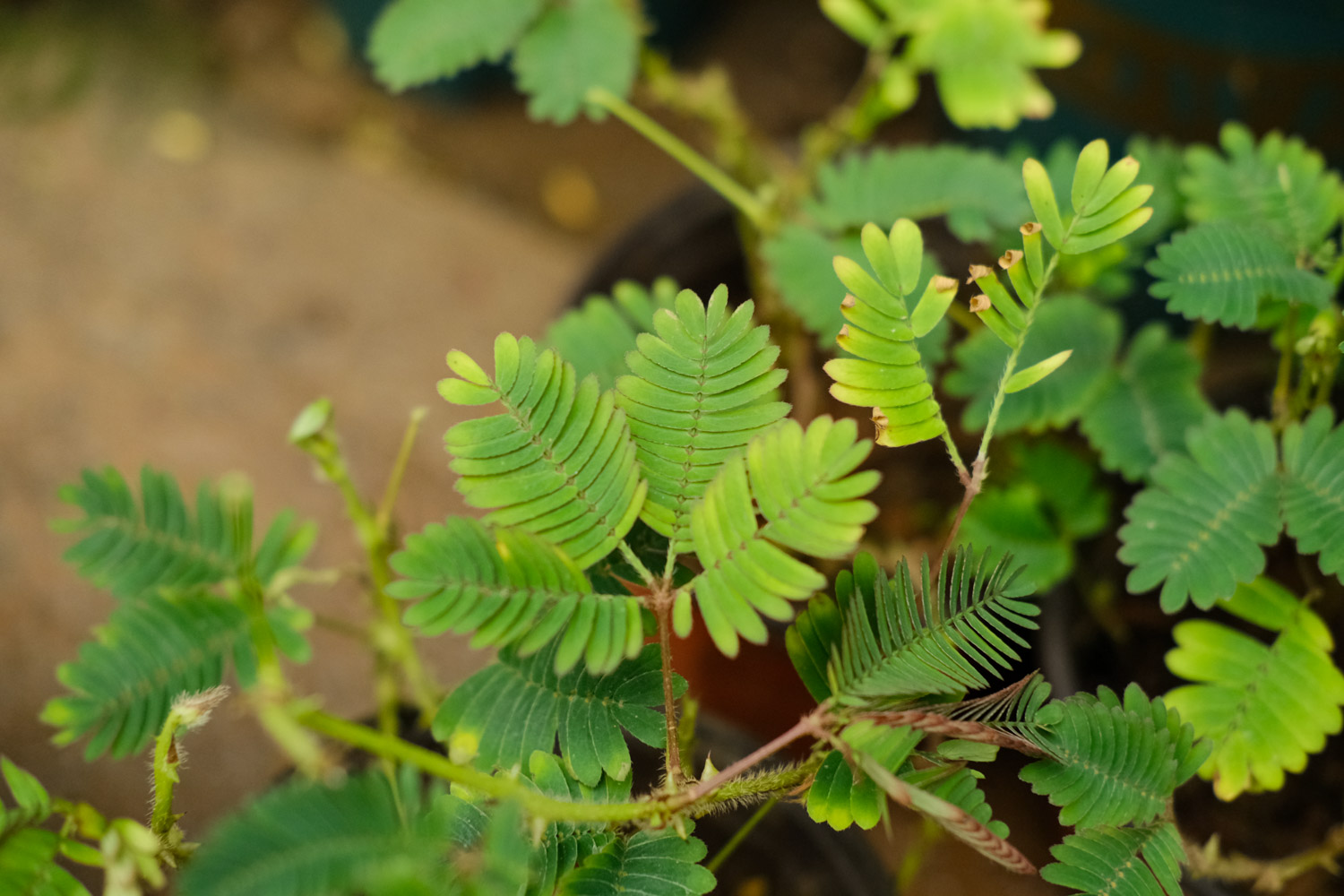

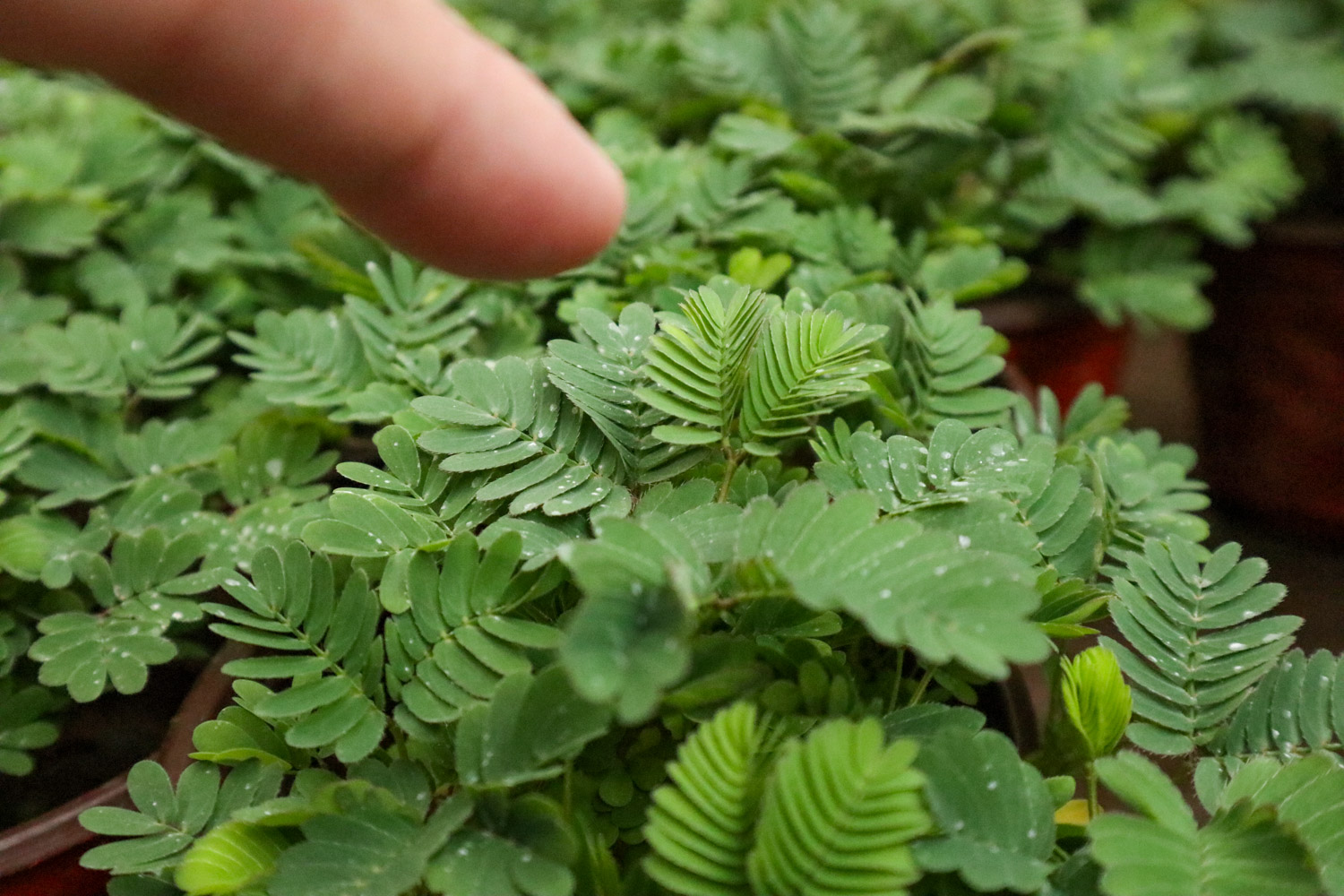
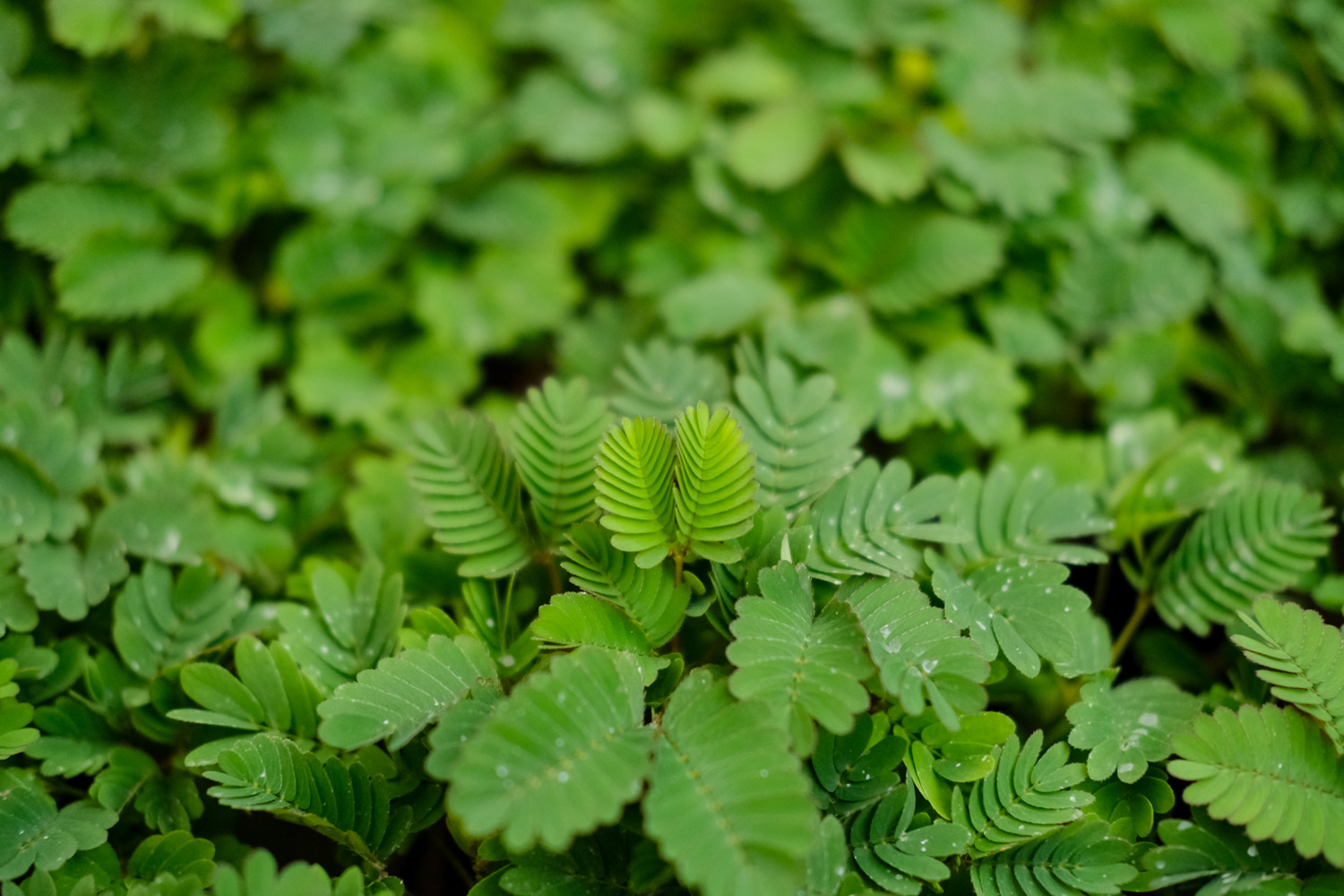
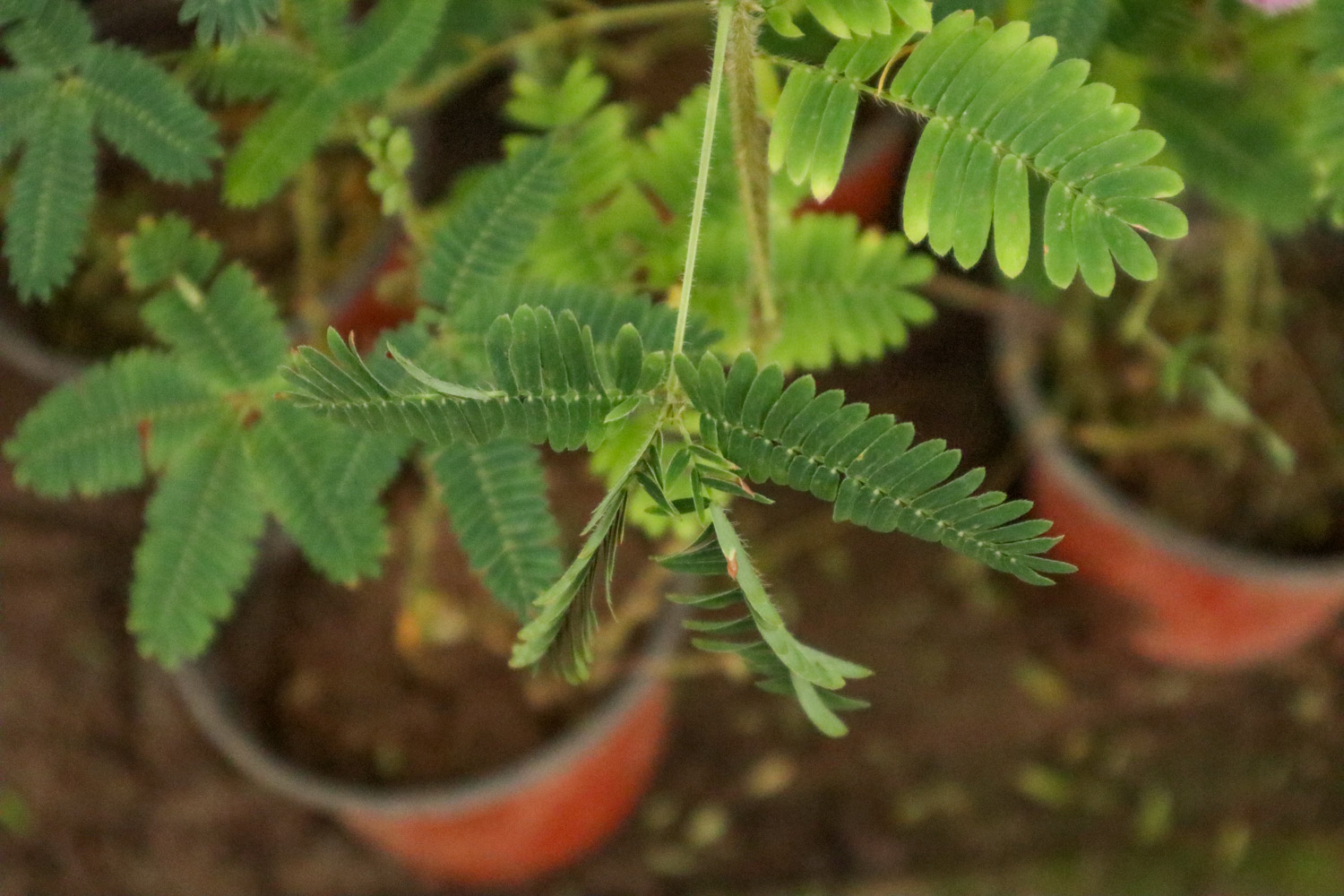

 jackfruit
jackfruit snake plant
snake plant hibiscus
hibiscus hydrangea
hydrangea lavender
lavender Green roses climb al...
Green roses climb al... If you don't pay att...
If you don't pay att... Management of four g...
Management of four g...
































